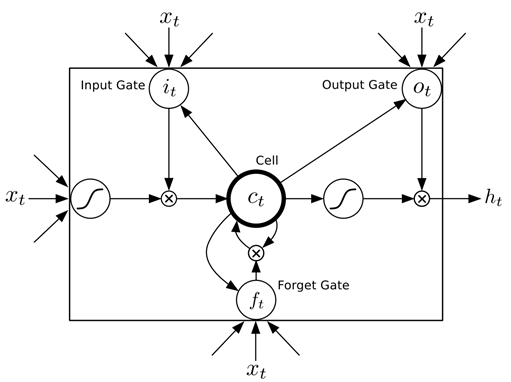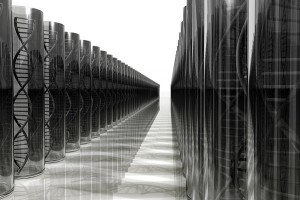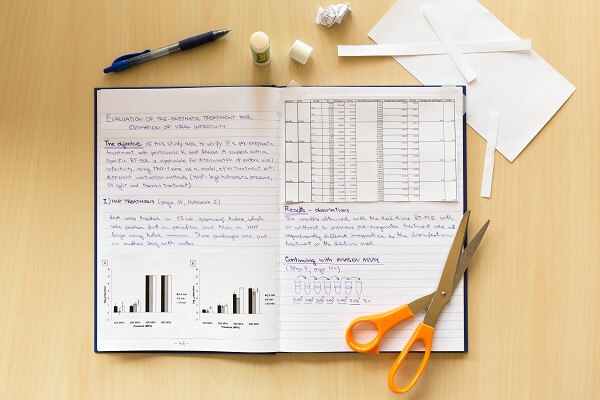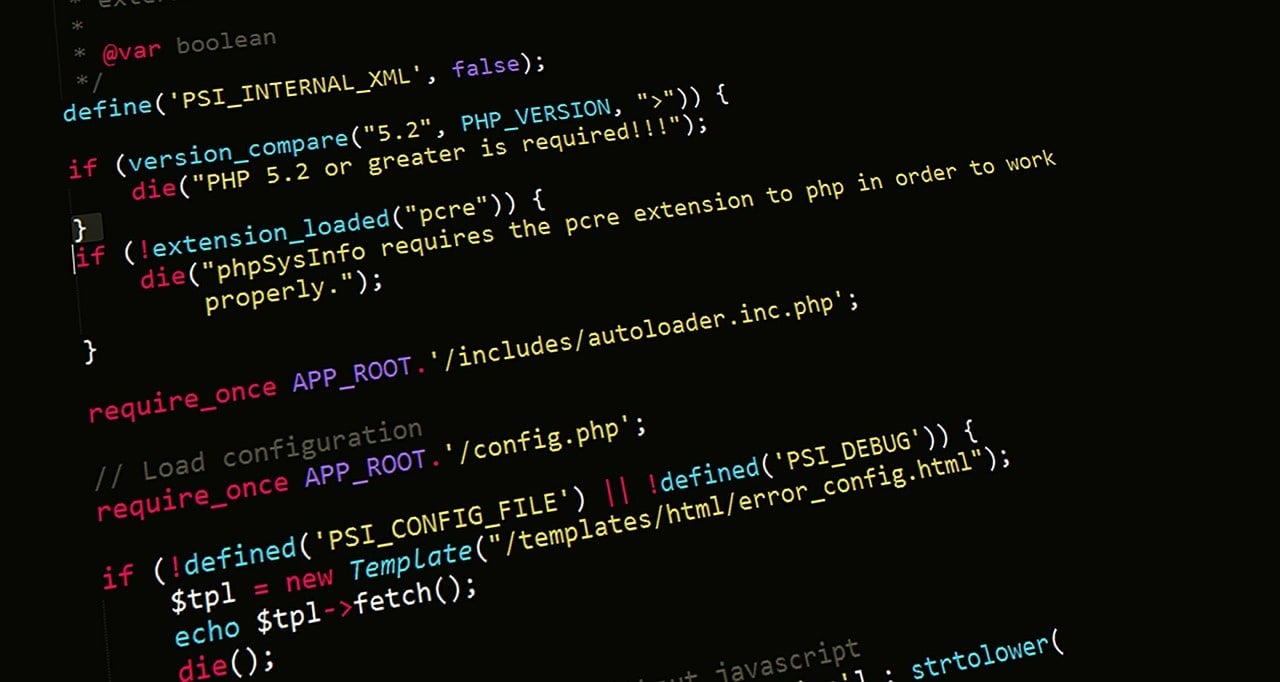Can you imagine yourself in the future working in a lab full of interconnected devices that are responsive and intelligent? This is not only wishful thinking but a soon-to-be reality called the Internet of Things (IoT).

When Laboratory Devices Start to Think

Artificial Intelligence in Life Sciences
"There are billions of neurons in our brains, but what are neurons? Just cells. The brain has no knowledge until connections are made between neurons. All that we know, all that we are, comes from the way our neurons are connected." said Tim Berners-Lee the inventor of the ...

Can You Store All Your Data in the Head of a Pin?
A great success, which can change the course of how we store our data, has been achieved by a group of scientists from the University of Washington and Microsoft Research. They used DNA as a storage media, encoded 4 large files and retrieved them almost perfectly.
One of the fastest growing areas in consumer tech, wearable fitness or activity trackers have captured the public imagination with growing levels of interest and adoption.

Sequencing and Bioinformatics - Where is the Medical Revolution?
Let’s take a look back at how much genome sequencing used to cost during the span of the last 15 years. In 2001, for the price of sequencing 1 human genome, a person could buy 1000 Porsche 911 cars.

The Biggest Time Wasters in Research
We are all familiar with phrases "How does the time fly!" or "A day should be 48 hours long!". But on which tasks do scientists actually spend too much time?

Getting Lost in Scientific Data
As a researcher I was very lucky to have great mentors and co-workers that were always happy to help me. They showed me new laboratory techniques and taught me I have to be very diligent with recording my scientific data.

Gamification of Science: Harvesting Tears with Spatial Proteomics
Many scientific data analysis tasks, such as classification or pattern search cannot be solved easily and with high precision by computer algorithms.

DATA : LAB = 2 : 1
The amount of time scientists spend analyzing their data has been steeply increasing since the late 1990s/early 2000s.
We also recommend you to read:
